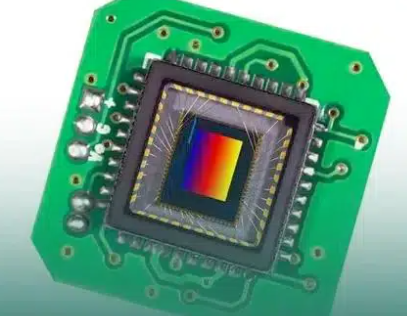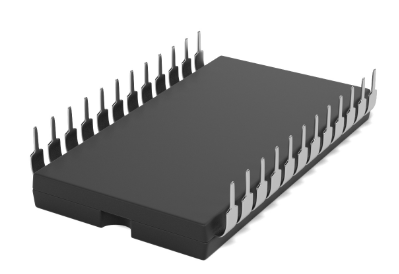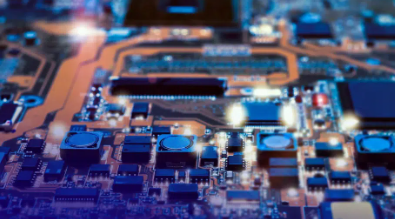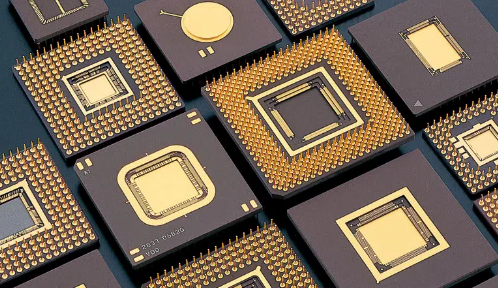Chip-on-Board (COB) vs. Package-on-Package (PoP)- Comparison and Applications
The ever-evolving landscape of electronic devices demands innovation in packaging technologies. Among the array of approaches available, two prominent methods stand out: Chip-on-Board (COB) and Package-on-Package (PoP). These techniques play pivotal roles in the assembly, functionality, and miniaturization of electronic components, each with distinct advantages and applications.
Chip-on-Board (COB)
COB is a packaging technique that involves mounting bare semiconductor chips directly onto a substrate or a Printed Circuit Board (PCB). This method eliminates the use of individual packaging for each chip, opting instead for direct bonding or soldering onto the board’s surface. By doing so, COB reduces space requirements and enhances heat dissipation efficiency.
One of COB’s key strengths lies in its compactness. By eschewing traditional packaging, this approach significantly reduces the overall size of electronic devices, making it ideal for applications where space is a constraint. Moreover, the direct connection between the chip and the substrate minimizes signal interference, enhances electrical performance, and reduces circuit inductance and resistance.

COB technology finds widespread use across various industries. In automotive applications, COB is often utilized in LED lighting modules, offering higher brightness levels and superior thermal management due to the close arrangement of LED chips. Additionally, COB’s cost-effectiveness makes it appealing for applications where simplicity in circuitry is essential.
Package-on-Package (PoP)
In contrast to COB, Package-on-Package (PoP) involves vertically stacking multiple packaged chips within a single device. This configuration enables the integration of different functionalities or components, such as memory and processors, into a compact assembly. The stacking of chips facilitates enhanced performance without increasing the device’s footprint.
PoP’s primary advantage lies in its versatility. By vertically stacking chips, PoP allows for better integration of various components, leading to improved performance and reduced signal distortion due to shorter interconnection paths. This technology excels in accommodating diverse functionalities within limited space, making it a preferred choice for applications where performance and miniaturization are critical factors.
Mobile devices, particularly smartphones and tablets, heavily leverage PoP technology. These devices require high-performance capabilities within a confined space. PoP facilitates the integration of memory chips and processors, enabling seamless multitasking and high-speed data transfer without compromising on performance.
Chip-on-Board (COB) vs. Package-on-Package (PoP)- Comparison and ApplicationsWhen weighing the advantages of COB and PoP, the choice between the two largely depends on specific design requirements and application needs. COB’s strengths in compactness, cost-effectiveness, and thermal management make it suitable for applications where space optimization and simplicity in circuitry are crucial.
Conversely, PoP’s versatility in accommodating multiple functionalities within a confined space makes it ideal for devices requiring high performance without sacrificing miniaturization. Industries such as mobile technology heavily rely on PoP to enhance the capabilities of their devices while maintaining a compact form factor.
ConclusionBoth Chip-on-Board (COB) and Package-on-Package (PoP) are indispensable packaging technologies in the realm of modern electronics. Understanding their differences enables manufacturers and designers to make informed decisions based on specific requirements, contributing to the development of innovative and efficient electronic devices catering to diverse consumer needs.
By harnessing the capabilities of COB and PoP, the electronics industry continues to evolve, providing consumers with increasingly powerful yet compact devices across various applications, from consumer electronics to automotive and beyond.
在线留言询价

Microsoft Unveils In-House AI Chip, Poised for Competitive Edge with a Powerful Ecosystem

What is digital chip? What is analog chip?
- 一周热料
- 紧缺物料秒杀
| 型号 | 品牌 | 询价 |
|---|---|---|
| CDZVT2R20B | ROHM Semiconductor | |
| MC33074DR2G | onsemi | |
| RB751G-40T2R | ROHM Semiconductor | |
| TL431ACLPR | Texas Instruments | |
| BD71847AMWV-E2 | ROHM Semiconductor |
| 型号 | 品牌 | 抢购 |
|---|---|---|
| ESR03EZPJ151 | ROHM Semiconductor | |
| IPZ40N04S5L4R8ATMA1 | Infineon Technologies | |
| STM32F429IGT6 | STMicroelectronics | |
| TPS63050YFFR | Texas Instruments | |
| BU33JA2MNVX-CTL | ROHM Semiconductor | |
| BP3621 | ROHM Semiconductor |
- 周排行榜
- 月排行榜
AMEYA360公众号二维码
识别二维码,即可关注
























